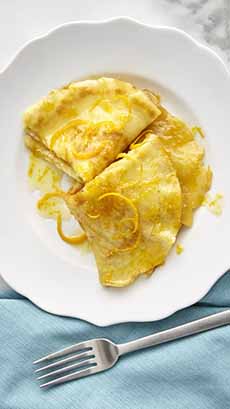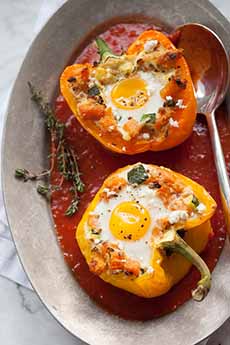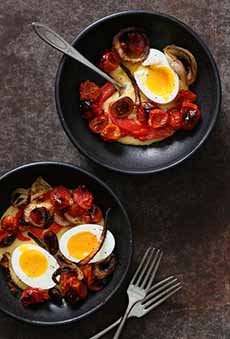|
Hummus is a Middle Eastern spread or dip made from chickpeas, tahini, lemon, garlic and other spices.
America has gone hummus-crazy as any trip to a supermarket will tell show you: numerous brands and flavors.
Tahini is combined with chickpea puree in a proportion of 1:6. There are more chickpeas, but tahini, which looks like natural peanut butter with separated oil on top, gives tahini the nutty flavor of ground sesame seeds.
Tahini is a paste made from ground sesame seeds and it makes the hummus taste incredible. You can buy tahini at the store or you can make it yourself. To make hummus that’s 100% from scratch, we use homemade tahini.
If you want to make your own tahini, here’s a recipehere’s a recipe. It’s essentially toasted sesame seeds with a little oil in a food processor.
What if you want a simple dip of tahini, no chickpeas?
Try this recipe is from Einat Admony, chef-restaurateur of Balaboosta, a James Beard Award-nominated Middle Eastern restaurant in New York City, and her other restaurants; Taim, a falafel restaurant; and Bar Bolonat.
Serve the tahini dip as you would hummus: with crudités, pita, falafel, as a sandwich spread, on a veggie burger.
RECIPE: TAHINI DIP
Ingredients For 2 Cups
1 clove garlic, finely chopped
1/4 cup fresh lemon juice (from 1 or 2 lemons)
1/2 cup ice-cold water
2 large roasted red bell peppers
2 teaspoons kosher salt
1/2 teaspoon sugar
3 teaspoons sweet Hungarian paprika
1 cup tahini, well stirred
For serving: crudités, toasted pita cut in triangles
Preparation
1. ROAST the bell peppers in a broiler. Place an oven rack 6 inches from the broiler element; preheat the broiler. While the broiler heats…
2. LINE a baking sheet with foil. Place the peppers on the baking sheet and broil until the peppers are charred black on all sides, turning them with tongs as needed.
3. TRANSFER the peppers to a heatproof bowl and cover the bowl with plastic wrap to let the peppers steam. Once they are cool enough to handle, rub off and discard the charred skins, the stem and seeds. Cut the remaining flesh into chunks.
|
|
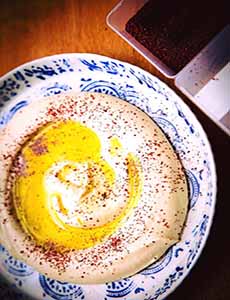
[1] Tahini dip, spread and sauce (photo and recipe © Einat Admony | Balaboosta NYC).
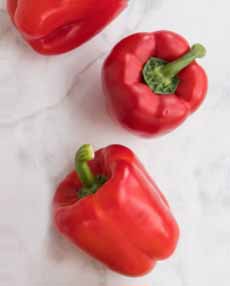
[2] Red bell peppers (photo CC0 Public Domain | PX Here.
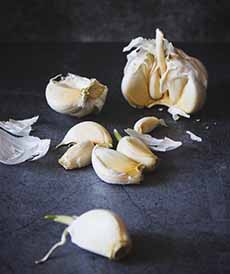
[3] Garlic (photo © Tijana Drndaski | Unsplash).
|
4. MAKE the tahini. Combine the garlic, lemon juice and water in a food processor and purée until the garlic is completely blended and the mixture is frothy.
5. ADD the roasted peppers along with the salt, sugar and paprika. Purée until smooth. Then, with the motor running, gradually add the tahini to form a thickened, creamy sauce or spread.
|


